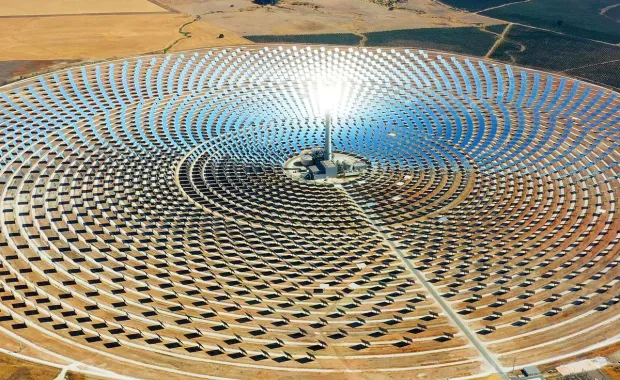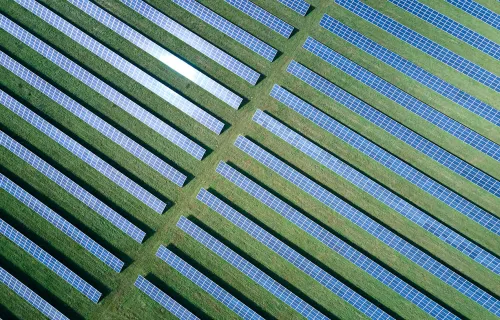Currently, the energy industry is seeing significant changes in how the distribution grid operates, as well as how customers participate in the market. Advances in analytics capabilities and the influx of available data for more robust planning and operation of the grid have positioned artificial intelligence (AI) as a successful, necessary tool for meeting the needs of utilities, customers and the broader electric grid.
These market shifts are due to several factors, including the increasing capacity of distributed energy resources (DER) requiring advanced communication networks and two-way power flows. Additionally, the proliferation of advanced metering infrastructure (AMI), or smart meters, are producing higher volumes of timely, trusted data to enhance decision-making and improve operations.
This makes the integration of distributed energy resources (DER) one of the most compelling applications of AI in the energy industry.
The market for AI-enabled DER integration is anticipated to grow through 2030, when it is expected to reach
USD $481.8 million.*
This means there is a huge opportunity for energy organisations to leverage AI to help accelerate their DER integration and achieve both their business and energy transition goals.
There are several ways that AI can improve the integration of DERS into the grid. Specially, AI can be used to:
- Optimise the placement of DERS by analysing data on the location of DERs, the load profile of the grid and the weather forecast. This can help to maximise the benefits of DERs while minimising their impact on the grid.
- Predict the impact of DERs on the grid including the impact of voltage, frequency and reliability. This information can help to ensure that the grid is able to accommodate DERs without any problems.
- Control DERs in real time to optimise their operation and to ensure they are working in harmony with the grid. This can help improve the efficiency and reliability of the grid.
- Manage demand for electricity by incentivising consumers to reduce their energy use during peak demand times. This can help reduce stress on the grid and improve reliability.
The successful integration of AI into DERs requires an interdisciplinary approach involving experts in energy systems, data science, AI, cybersecurity and regulatory compliance. Constant evaluation and adaptation are crucial in this rapidly evolving field.
With the above considerations in mind, organisations seeking to adopt AI systems to enable DER integration can explore the following activities for advancing their implementation approach:
- Data collection and integration: Gather data from various sources like IoT sensors, smart meters, weather forecasts, and historical usage. Integrate these datasets into a unified platform for analysis.
- AI algorithm selection: Choose appropriate AI algorithms for forecasting, optimisation, and control. Machine learning techniques, reinforcement learning, or even simpler models like regression could be employed for different tasks.
- Load forecasting: Predict energy demand using historical data, weather patterns, and contextual information. This aids in efficient resource allocation and grid management.
- DER optimisation: Develop algorithms that optimise the utilisation of DERs such as solar panels, wind turbines, and battery storage. This involves real-time decision-making to balance supply and demand.
- Demand response management: Implement AI systems that adjust energy consumption in response to signals from the grid or market conditions. This can involve incentivising users to shift their usage to off-peak hours.
As discussed in our recent Energy Transition Talks podcasts, the widespread adoption and evolution of artificial intelligence (AI) still requires guardrails, but overall, AI is creating new ways for organisations to improve efficiency, reduce cost and accelerate both digital transformation and energy transition goals.
AI enabled DER integration is a promising technology that has the potential to revolutionise the way that DERs are integrated into the grid. By using AI, utilities can improve the efficiency, reliability and resilience of the grid while also reducing greenhouse gas emissions.
*The global market for AI-enabled DER integration, not including China, is estimated at USD $204.2 million in 2021. The market will increase by a compound annual growth rate (CAGR) of 10.0% and reach USD $481.8 million by 2030. Source: Guidehouse Insights Leaderboard: AI Vendors for Leaderboard 2021 4Q report.






